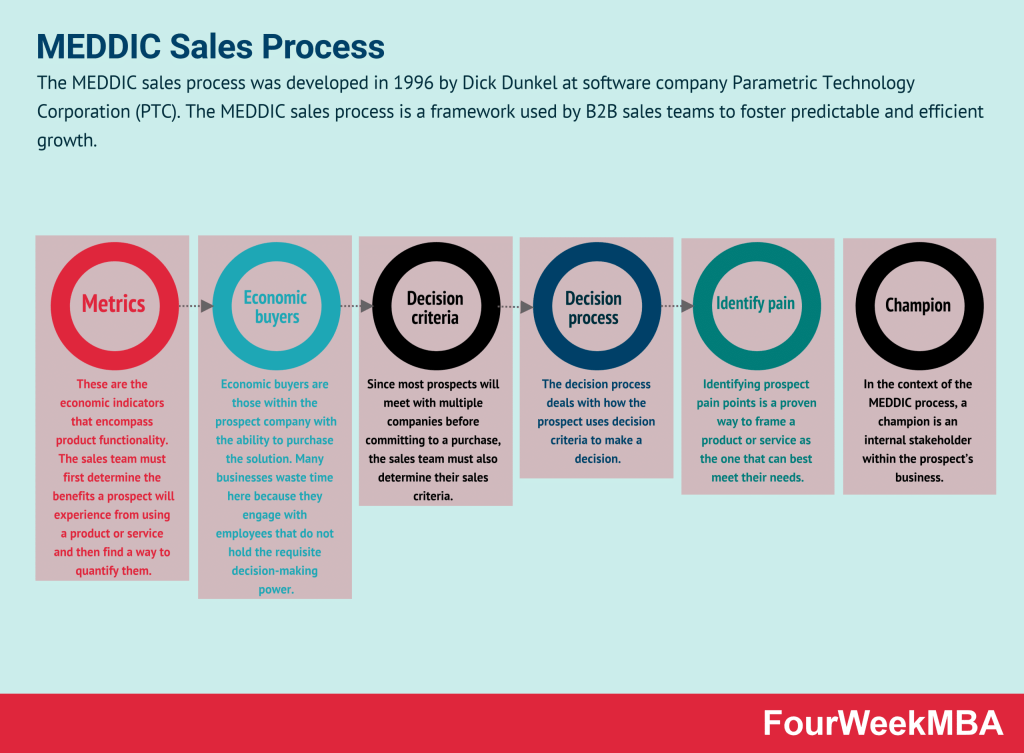Gap Selling is a sales methodology that focuses on identifying and addressing the gaps between a prospect’s current state (where they are) and their desired state (where they want to be). By understanding the gaps and quantifying the value of bridging them, sales professionals can effectively position their products or services as solutions to the prospect’s problems or challenges.
Components of Gap Selling
1. Needs Analysis
Gap Selling begins with a thorough needs analysis to understand the prospect’s current situation, challenges, and goals. Sales professionals ask probing questions to uncover gaps between the prospect’s current state and their desired outcomes. This involves identifying pain points, challenges, and unmet needs that the prospect is experiencing.
2. Gap Identification
Once the needs analysis is complete, sales professionals identify the specific gaps that exist between the prospect’s current state and their desired state. These gaps may involve factors such as efficiency, productivity, cost savings, revenue growth, or risk mitigation. By quantifying the impact of these gaps, sales professionals can demonstrate the value of addressing them.
3. Value Proposition
With the gaps identified, sales professionals develop a compelling value proposition that highlights how their product or service can bridge the gaps and deliver tangible benefits to the prospect. This involves articulating the unique features, benefits, and advantages of the solution in addressing the prospect’s specific needs and challenges.
4. Consultative Selling
Gap Selling emphasizes a consultative approach to sales, where sales professionals act as trusted advisors and problem solvers for their prospects. Instead of focusing solely on pitching products or services, sales professionals engage in meaningful conversations to understand the prospect’s business objectives, priorities, and constraints.
Application of Gap Selling
1. Needs-Based Selling
Gap Selling aligns closely with needs-based selling, where sales professionals focus on understanding and addressing the prospect’s needs and priorities. By identifying and quantifying the gaps between the prospect’s current state and desired outcomes, sales professionals can tailor their solutions to meet the prospect’s specific needs effectively.
2. Value-Based Selling
Gap Selling is inherently value-based, as it focuses on quantifying the value of bridging the gaps for the prospect. By demonstrating the return on investment (ROI) or cost savings associated with implementing the solution, sales professionals can justify the value proposition and overcome objections more effectively.
3. Solution Selling
Gap Selling is a solution-oriented approach to sales, where sales professionals position their products or services as solutions to the prospect’s problems or challenges. By understanding the gaps and articulating how the solution addresses them, sales professionals can differentiate themselves from competitors and win more deals.
Significance of Gap Selling
1. Customer-Centric Approach
Gap Selling emphasizes a customer-centric approach to sales, where the focus is on understanding the prospect’s needs, challenges, and goals. By aligning the solution with the prospect’s specific needs and priorities, sales professionals can build trust and credibility and increase their chances of success.
2. Value Proposition Clarity
Gap Selling helps clarify the value proposition for both the sales professional and the prospect. By quantifying the value of bridging the gaps and demonstrating the ROI of the solution, sales professionals can make a more compelling case for why the prospect should buy.
3. Competitive Advantage
Gap Selling can provide a competitive advantage by helping sales professionals differentiate themselves from competitors. By focusing on understanding and addressing the prospect’s specific needs and challenges, sales professionals can position their solution as the best fit for the prospect’s requirements.
Implementation and Considerations
1. Training and Skill Development
Successful implementation of Gap Selling requires training and skill development for sales professionals. This includes training on effective questioning techniques, needs analysis, value proposition development, and objection handling.
2. Sales Process Integration
Gap Selling should be integrated into the overall sales process and methodology of the organization. This involves aligning sales training, tools, and resources with the principles and practices of Gap Selling to ensure consistency and effectiveness.
3. Continuous Improvement
Gap Selling is an iterative process that requires continuous improvement and refinement. Sales professionals should regularly review their approach, learn from their experiences, and make adjustments based on feedback and insights from customers.
Conclusion
Gap Selling is a powerful sales methodology that focuses on identifying and addressing the gaps between a prospect’s current state and desired outcomes. By understanding the prospect’s needs, quantifying the value of bridging the gaps, and positioning their solution as the best fit, sales professionals can increase their chances of success and win more deals. As businesses strive to differentiate themselves in competitive markets and deliver value to their customers, Gap Selling remains a valuable tool for driving sales effectiveness and achieving sustainable growth. Through its customer-centric approach and emphasis on value proposition clarity, Gap Selling empowers sales professionals to build stronger relationships with prospects, overcome objections, and close more deals.
Related Business Concepts
























Palantir Acquire, Expand, Scale Framework



Read: product development frameworks here.
Read Next: SWOT Analysis, Personal SWOT Analysis, TOWS Matrix, PESTEL Analysis, Porter’s Five Forces, TOWS Matrix, SOAR Analysis.
FourWeekMBA Business Toolbox
















Main Free Guides:
- Business Models
- Business Strategy
- Business Development
- Digital Business Models
- Distribution Channels
- Marketing Strategy
- Platform Business Models
- Tech Business Model
Other handpicked related resources:
- Business Strategy: Definition, Examples, And Case Studies
- Types of Business Models You Need to Know
- Blitzscaling Business Model Innovation Canvas In A Nutshell
- What Is a Value Proposition? Value Proposition Explained
- What Is a Lean Startup Canvas? Lean Startup Canvas Explained
- The Rise of the Subscription Economy
- What Is Business Model Innovation And Why It Matters
- The Five Key Factors That Lead To Successful Tech Startups
- How To Use A Freemium Business Model To Scale Up Your Business








